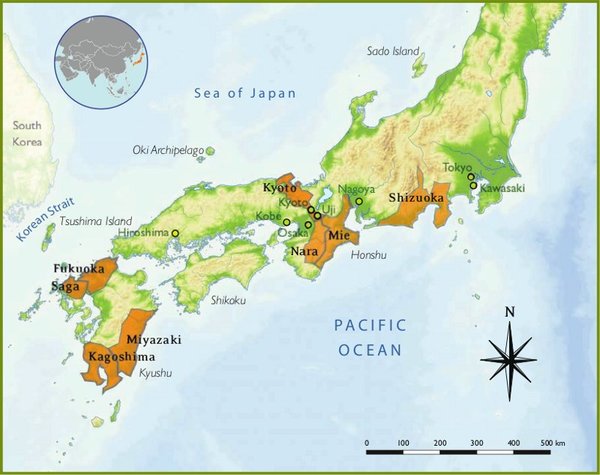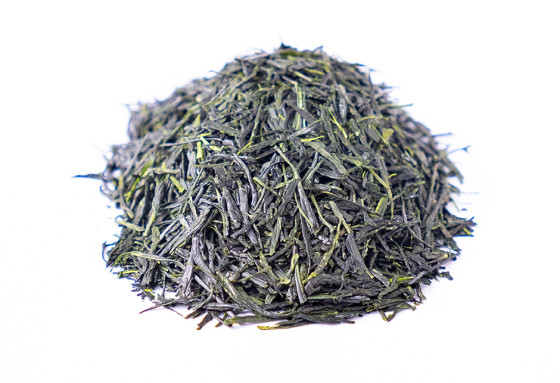2025 Fuji Shincha Marishi
country of origin Japan
Chcete pomoci s objednávkou?
+420 777 052 974
Fuji Shincha Marishi
comes from the Fuji region of Shizuoka, one of the most traditional tea regions in Japan, known for its purity, natural beauty and exceptional quality of tea.
The shrubs were shaded for 10 days before harvest. The leaves are dark green, glossy and slightly steamed (asamushi), giving them an elegant texture and a delicate, freshly sweet aroma even when dry. In the cup, the tea develops into a full, harmonious flavour with a distinct sweetness, umami and freshness of spring. Delicate vegetal notes are complemented by a light touch of marine minerality. Thanks to the lower catechin and caffeine content, it is almost completely devoid of astringency and has a very balanced effect. A great example of the freshness and elegance of the first Japanese harvests.
Shincha is celebrated annually in Japan as the first tea of the season - a joyous occasion that brings the freshness of spring to the cup. This tea is only available in limited quantities - while stocks last.
How to brew Shincha
Use 5 grams of tea leaves for 0.5 litre of boiling water cooled to 65-70 °C, steep for 60 seconds. Infuse the second infusion for 30 seconds and the third for 60 seconds. Feel free to experiment with steeping time, water temperature, and the amount of tea leaves. You can also read our articles on tea preparation and water quality. These tea leaves are also suitable for Asian-style preparation, which includes multiple infusions: you steep 5 grams of tea leaves per 150 ml of water that has boiled and cooled to 55–60 ᵒC for 20 seconds, and in the following three infusions, you steep the leaves for 30, 40, and 50 seconds, respectively. You can also try steeping the leaves in lukewarm water at 37 ᵒC for 7 minutes, or in slowly melting ice.
Shincha = new tea
In Japan, tea is first picked and processed into the Aracha "crude" tea, which still contains all stems and leaves. Water content, though, is already reduced to 7 – 8%. Subsequently, teas from various varieties of tea plants are tasted and divided by liquor colour and taste. Shincha is then produced directly from a mixture of selected teas, the remaining Aracha is stored in cooling boxes. During final processing, teas are steamed again and the resulting moisture is about 3%.
Tea-growing regions produce various kinds of this tea depending on its processing method. Shincha is the only type that is made directly from fresh harvests. Other types of tea are made from Aracha, that is stored during the years in cooling containers.
Shincha with needle-shaped leaves is especially known from the Shizuoka region, Shincha with leaves shaped as small lines comes from the Kyushu Island.
Our Shincha is from the Kagoshima area in southern Japan (Kyushu Island). Its processing includes a typical phase of "deep steaming". This method gives it a sweet, slightly astringent taste, notably "spring" aroma and liquor of bright emerald colour.
Have a lok at out Blog articles:
Japanese green tea – in pursuit of umami.
Degustation Notes – Japanese Teas.
Shincha Marishi
This spring Shincha comes from the leaves of the relatively rare Marishi cultivar. Marishi is an early cultivar - it matures about two weeks earlier than the common varieties - and was created by naturally crossing plants of the old Yae cultivar. The best resulting seedling was officially registered as Marishi in 1996. It is named after the Buddhist goddess of the sun and moon, Marishi-ten. Due to its early germination, the cultivar is popular for making Shincha spring tea and is characterised by its distinctly sweet, deep aroma and rich amino acid content.

Form: Whole leaf Green Tea
Area: Japan
Harvest: Spring Season
Year: 2025
Country of origin: Japan



